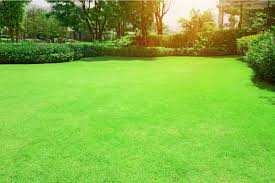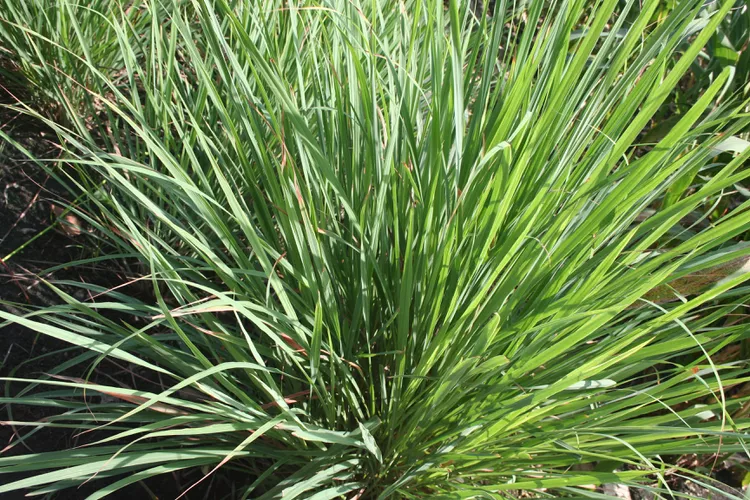Artificial grass? Full Guide
Artificial grass, also known as synthetic turf or astroturf, is a man-made surface designed to look and feel like natural grass. It’s made from synthetic fibers that are usually composed of polyethylene, polypropylene, or nylon. These fibers are crafted to mimic the appearance of real grass and are often used in various applications where natural grass might not be practical.
Table of Contents
Uses of artificial grass
Artificial grass offers a versatile and practical solution for a wide range of applications, providing a durable, low-maintenance, and aesthetically pleasing surface. Artificial grass commonly used in;
Lawns
Replacing natural grass lawns to eliminate mowing, watering, and fertilizing.
Landscaping
It’s used in residential and commercial landscaping, such as hotels, restaurants, and office buildings. to create green spaces without the need for regular watering, mowing, or fertilizing.
Sports Fields
It provides a durable, low-maintenance surface for sports like soccer, football, and golf. It offers a safe and consistent surface for children’s play areas. Used for football, soccer, baseball, and other sports, offering consistent playing surfaces and reducing maintenance costs.
Indoor Areas
It can be used for decorative purposes or as part of interior design in places like offices or showrooms.
Rooftop Gardens
Creating green spaces on rooftops for relaxation and environmental benefits
Pet Areas
Providing a durable and easy-to-clean surface for dogs and other pets..

Type of Artificial Grass
Artificial grass is available in a variety of types, each with its own unique characteristics and benefits. Here are some of the most common types:
Monofilament
This type of grass is made from single strands of synthetic fiber, which creates a more natural-looking appearance with a soft texture. Monofilament grass is often used in residential settings and for low-traffic areas
Tufted
Tufted grass is made from bundles of fibers that are tufted together, creating a denser and more durable surface. This type of grass is commonly used in sports fields and high-traffic areas.
Infused Grass
Infused grass is a type of artificial grass that is treated with special chemicals to improve its durability, colorfastness, and resistance to UV rays
Cool Grass
Cool grass is a type of artificial grass that is designed to stay cooler than traditional types. It is often used in areas with hot climates
Recycled Grass
: Recycled grass is made from recycled materials, making it a more environmentally friendly option. When choosing the right type of artificial grass, it is important to consider factors such as the intended use, budget, and desired appearance
Material of artificial grass
Polypropylene;
Polypropylene is a synthetic material that is often used to make artificial grass. It is durable, resistant to fading, and relatively affordable.
Polyethylene:
Polyethylene is another common material used for artificial grass. It is known for its softness, durability, and resistance to UV rays.
Nylon:
Nylon is a strong and durable material that is often used for artificial grass. However, it can be more expensive than other materials.
Advantages
The main benefits of artificial grass include its low maintenance requirements and its ability to stay green year-round. However, it does have some drawbacks, such as the potential for heat absorption in direct sunlight and environmental concerns related to its production and disposal.
Low Maintenance:
Unlike natural grass, artificial grass requires minimal upkeep. There’s no need for mowing, watering, or fertilizing.
Durability:
It’s highly resistant to wear and tear, making it ideal for high-traffic areas like sports fields, playgrounds, and patios.
All-Year Green:
It stays green year-round, regardless of weather conditions.
Water Conservation:
As it doesn’t require watering, it’s a more environmentally friendly options
Safety:
Provides a safer surface for children to play on, with fewer tripping hazards.
Versatility:
Can be used in various settings, from sports fields to residential yards.
Disadvantages
Initial Cost:
Can be more expensive upfront than natural grass.
Environmental Impact:
Some concerns about the environmental impact of manufacturing and disposal of synthetic materials.
Heat Absorption:
Can become hotter than natural grass, especially in sunny climates.
Artificial Look:
May not have the same natural appearance and feel as real grass.
Limited Soil Benefits:
Does not provide the same soil benefits as natural grass, such as filtering rainwater and supporting plant life.
Potential Health Concerns:
Some studies have raised concerns about potential health risks associated with exposure to chemicals used in the production of artificial grass, although these concerns are still debated.
Ultimately, the decision to choose synthetic turf depends on individual needs and preferences, as well as factors like budget, climate, and intended use.
Installing synthetic turf
is a relatively straightforward process that can be done by homeowners or professionals. Here are the general steps involved:
Preparation:
Clear the area of debris and existing vegetation. Level the ground and ensure proper drainage.
Base Layer:
Install a base layer of compacted gravel or crushed stone to provide stability and drainage.
Weed Barrier:
Lay down a weed barrier to prevent weeds from growing through the turf.
Turf Installation:
Roll out the synthetic turf, ensuring it’s level and aligned. Trim any excess edges.
Seaming:
Connect the seams of the turf using adhesive and specialized tools.
Securing:
Secure the turf to the base using nails or staples.
Infill Options for Artificial Grass
Infill is a material added to artificial grass to improve its stability, appearance, and performance. Here are some common infill options:
Silica Sand:
A popular and affordable option, silica sand provides good stability and drainage. It can also help to reduce heat absorption, making the surface cooler in hot weather.
Rubber Granules:
Made from recycled tires, rubber granules offer excellent shock absorption and durability. They are often used in sports fields and playgrounds.
Zeolite:
A volcanic mineral, zeolite can help to absorb moisture and reduce odors. It is also
Coconut Coir:
A biodegradable and sustainable option, coconut coir provides good drainage and stability.
Silica Sand:
A popular and affordable option, silica sand provides good stability and drainage. It can also help to reduce heat absorption, making the surface cooler in hot weather.
A natural and sustainable option, cork provides good shock absorption and stability. It is also lightweight and easy to install. A biodegradable and sustainable option, coconut coir provides good drainage and stability. It can also help to improve soil health.
Factors to Consider When Choosing Infill:
Intended Use:
The type of activity or use will influence the best infill choice. For example, sports fields may require a more durable and shock-absorbent option, while residential lawns may prioritize appearance and comfort.
Climate:
The climate in your area can affect your infill choice. For example, in hot climates, silica sand or zeolite can help to reduce heat absorption.
Budget:
Infill materials can vary in cost, so it’s important to consider your budget when making a decision.
Environmental Considerations:
If you’re concerned about environmental impact, consider options like recycled rubber granules or coconut coir.
By carefully considering these factors, you can choose the best infill option for your artificial grass installation.
Brushing:
Brush the turf to distribute the infill and stand up the blades.
For detailed instructions and visual guides, you can refer to online resources, tutorials, or consult with a professional installer.

How to maintain your artificial lawn
Weekly
Hose your lawn to remove dust and debris.
Monthly
Sweep your grass against the grain to remove debris and keep your grass in an upright position.
As needed
Remove any animal waste and hose down the area.If your lawn gets any spills, rinse down the area immediately to prevent stains. If your lawn shows signs of growing bacteria, use a solution of half water, half vinegar to remove spores from the area. (Bacteria growth should be rare in a well-installed artificial lawn.)
Remove weeds
particularly around the edges of the lawn) or apply weed killer three to four times a year to stop them growing.
Key Considerations:
Lifestyle:
If you have a busy lifestyle or prefer a low-maintenance lawn, artificial grass might be a better choice.
Budget:
While artificial grass has a higher initial cost, it can be more cost-effective in the long run due to lower maintenance costs.
Environmental Concerns:
If environmental sustainability is important to you, natural grass might be a better option.
Aesthetics:
If you prefer the natural look and feel of grass, natural grass is the way to go.
Ultimately, the best choice between natural and artificial grass depends on your individual needs, preferences, and budget.
Conclusion
Artificial grass has emerged as a popular alternative to natural grass, offering numerous benefits for both residential and commercial applications. Its durability, low maintenance requirements, and aesthetic appeal make it an attractive choice for many.
While artificial grass does come with certain drawbacks, such as higher initial costs and environmental concerns, it can be a practical and sustainable solution for those seeking a lush, green lawn without the hassle of traditional maintenance. By carefully considering factors like budget, lifestyle, and environmental impact, individuals and businesses can make informed decisions about whether artificial grass is the right choice for their needs.




